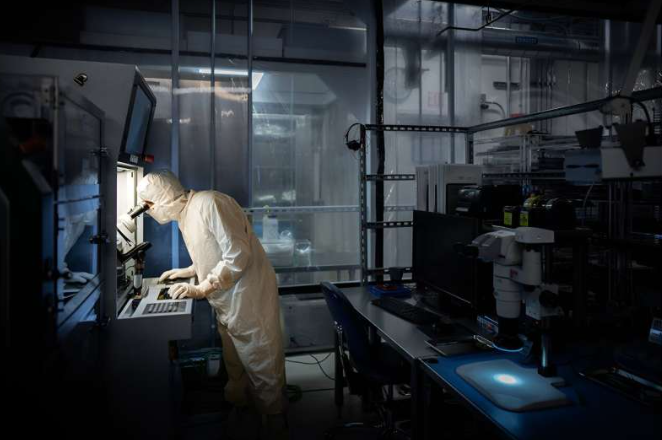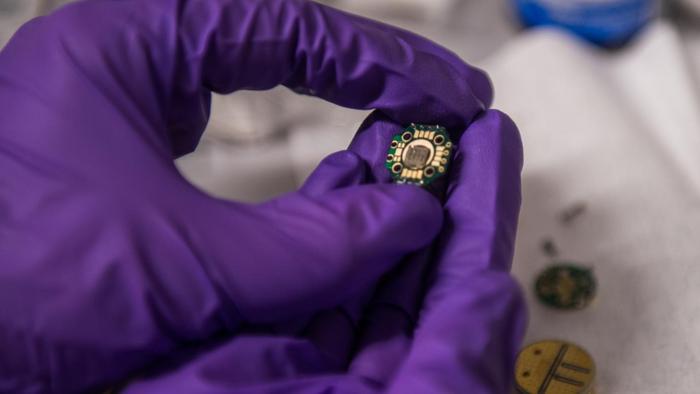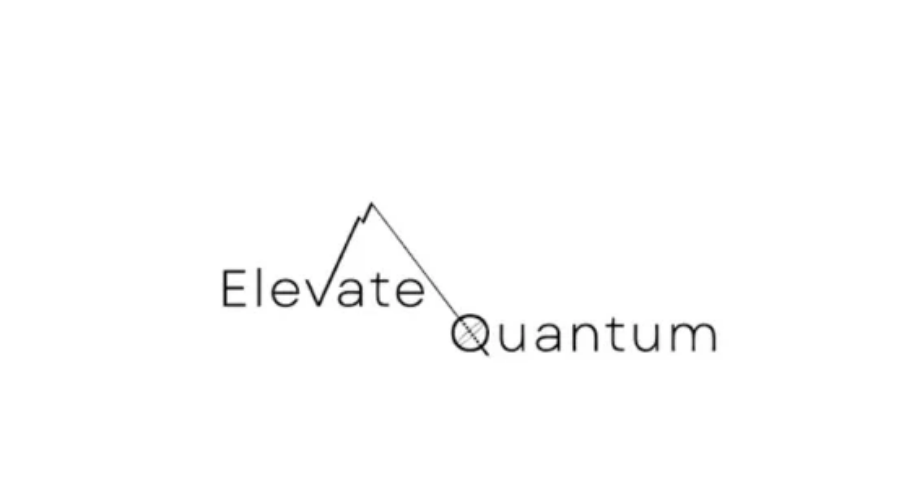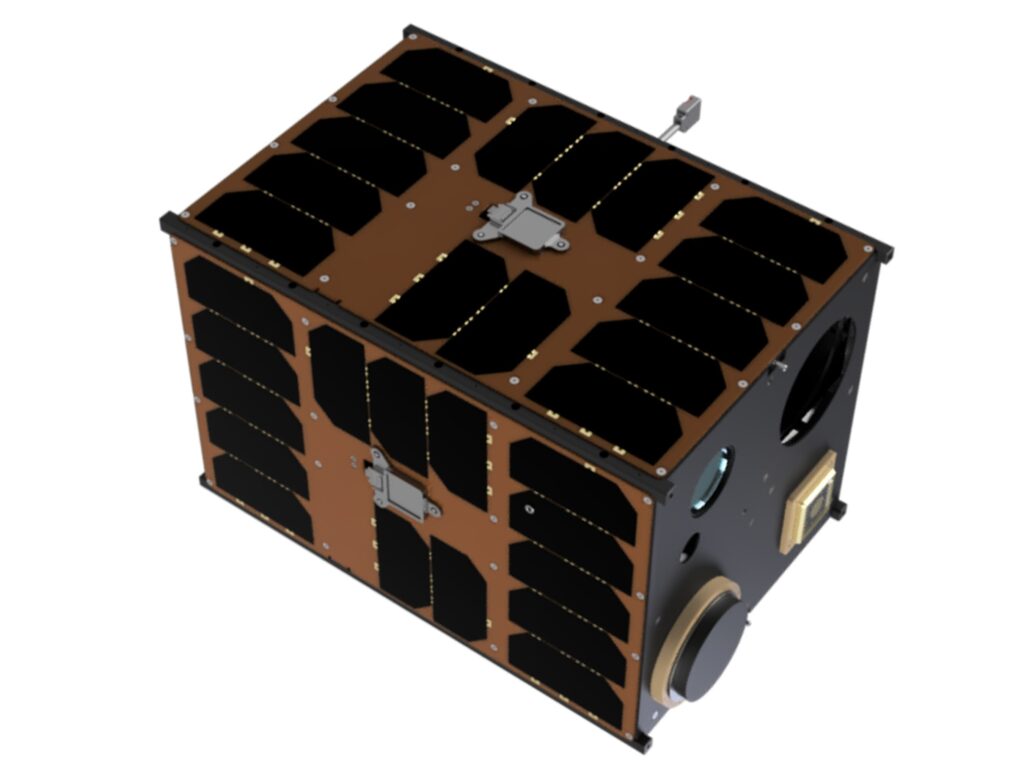Insider Brief
- Sandia National Laboratories generates the inaugural batch of an advanced ion trap, a pivotal element for specific quantum computing systems.
- Called The Enchilada Trap, the new device empowers researchers to construct higher-capacity systems for pushing forward in the exploratory yet potentially groundbreaking domain of quantum computing.
- As well as traps operated at Sandia, several traps were delivered to Duke University in July for analysis and testing.
- Duke and Sandia collaborate as research companions within the Quantum Systems Boost initiative, among the five U.S. National Centers for Quantum Information Science Research.
Sandia National Laboratories, an Albuquerque, New Mexico-based government-owned/contractor-operated facility founded in 1949, has been at the forefront of quantum computing research for several decades. Its journey in quantum computing began in the late 20th century when scientists at Sandia recognized the potential of quantum mechanics to revolutionize computation. Early efforts focused on studying the fundamental principles of quantum information and exploring various quantum algorithms.
As the field of quantum computing evolved, Sandia’s researchers made significant contributions to quantum hardware development. They pioneered the design and fabrication of qubits, the building blocks of quantum processors, using a variety of physical implementations such as superconducting circuits and trapped ions. These efforts led to breakthroughs in qubit coherence, control, and error correction techniques.
Sandia’s quantum computing research extended beyond hardware. The laboratory played a pivotal role in advancing quantum algorithms and software tools, collaborating with academia and industry partners to develop applications for quantum systems. This multidisciplinary approach allowed Sandia to explore quantum simulations, optimization, cryptography, and other novel computing paradigms.

Over the years, Sandia National Laboratories has continued to push the boundaries of quantum computing, contributing to the growth of this transformative technology. Its research has not only advanced our understanding of quantum mechanics but has also paved the way for the development of practical quantum computers with the potential to solve complex problems that are currently intractable for classical computers.
That understanding, however, has now grown after Sandia National Laboratories announced the manufacture of its initial batch of a novel top-tier ion trap, a core element for specific quantum computers. The fresh apparatus, named The Enchilada Trap, empowers researchers to construct mightier systems to progress the trial yet possibly groundbreaking domain of quantum computing.
Aside from the traps in operation at Sandia, numerous enclosures were transported to Duke University in July for examination and experimentation. Duke and Sandia are collaborative associates via the Quantum Systems Accelerator, one among five United States National Centers for Quantum Information Science Research.
An ion enclosure is a variety of microcircuit that retains atoms charged electrically, or ions. By incorporating a greater number of ensnared ions, or qubits, a quantum computing system can execute more intricate algorithms.
The Enchilada Trap has the capacity to house and convey as many as 200 qubits, a rise from the upper limit of 32 in Sandia’s preceding model, the Roadrunner Trap. Both iterations are manufactured at Sandia’s facility for Microsystems Engineering, Science, and Applications.
Daniel Stick, a scientist at Sandia and a prominent investigator associated with the Quantum Systems Accelerator, says that a quantum computing device equipped with approximately 200 qubits and prevailing levels of inaccuracies will not surpass a traditional computer in resolving practical issues. Nevertheless, it will grant researchers the capability to examine a design featuring numerous qubits, which will eventually bolster more advanced quantum algorithms for domains such as physics, chemistry, data analytics, materials science, and other related fields.
 Electrical engineer Ray Haltli optimizes parameters before placing gold wire bonds on an ion trap. When ready, the machine runs automatically, placing up to seven wires per second. Credit: Craig Fritz
Electrical engineer Ray Haltli optimizes parameters before placing gold wire bonds on an ion trap. When ready, the machine runs automatically, placing up to seven wires per second. Credit: Craig Fritz
“We are providing the field of quantum computing room to grow and explore larger machines and more complicated programming,” said Stick.
For two decades, Sandia has engaged in the exploration, construction, and evaluation of ion traps. To surmount a succession of design obstacles, the team merged established expertise with novel advancements.
Primarily, the challenge involved accommodating more ions and devising a method to reorganize them for intricate calculations. This obstacle was resolved through an array of electrodes extending akin to a genealogical tree or a contest bracket. Each slender branch serves as a repository for storing and transporting ions.
Similar junctions had been trialled in earlier traps by Sandia. Stick is of the opinion that the branching framework currently represents the optimal solution for reconfiguring trapped ion qubits, and he envisions that forthcoming iterations of the trap, even more sizable, will adopt a similar blueprint.
Another focal point was the management of electrical power dissipation in the Enchilada Trap, a situation that could potentially yield notable heat generation. This, in turn, might lead to heightened outgassing from surfaces, an increased risk of electrical breakdown, and escalated levels of electrical field disturbance. To counteract this concern, specialists in production devised novel microscopic elements aimed at diminishing the capacitance of specific electrodes.
“Our team is always looking ahead,” said Zach Meinelt, the lead integrator on the project. “We collaborate with scientists and engineers to learn about the kind of technology, features and performance improvements they will need in the coming years. We then design and fabricate traps to meet those requirements and constantly seek ways to further improve.”
With The Enchilada Trap under its belt, Sandia and its researchers are well on their way to making other exciting breakthroughs in the exciting sector of quantum computing.
Featured image: The Enchilada Trap, manufactured in the Microsystems Engineering, Science and Applications fabrication facility. Credit: Craig Fritz
If you found this article to be informative, you can explore more current quantum news here, exclusives, interviews, and podcasts.


















